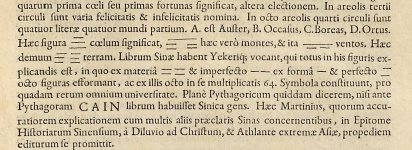Clarity,
Office 17622,
PO Box 6945,
London.
W1A 6US
United Kingdom
Phone/ Voicemail:
+44 (0)20 3287 3053 (UK)
+1 (561) 459-4758 (US).


Maybe this: https://digital.sciencehistory.org/works/rv042t91s#prevq=Museum+Wormianum? (but it's not to be found on pg. 372/373 in the depicted work here... )What digital library?
Thanks for that link surnevs. That is indeed the book. The scan page numbers are 392-393 over there, but when you look at the actual page numbers on the printed page it is the same as the numbers I mentioned viz. 372-373.Maybe this: https://digital.sciencehistory.org/works/rv042t91s#prevq=Museum+Wormianum? (but it's not to be found on pg. 372/373 in the depicted work here... )
Ole Worm: https://en.wikipedia.org/wiki/Ole_Worm
Clarity,
Office 17622,
PO Box 6945,
London.
W1A 6US
United Kingdom
Phone/ Voicemail:
+44 (0)20 3287 3053 (UK)
+1 (561) 459-4758 (US).